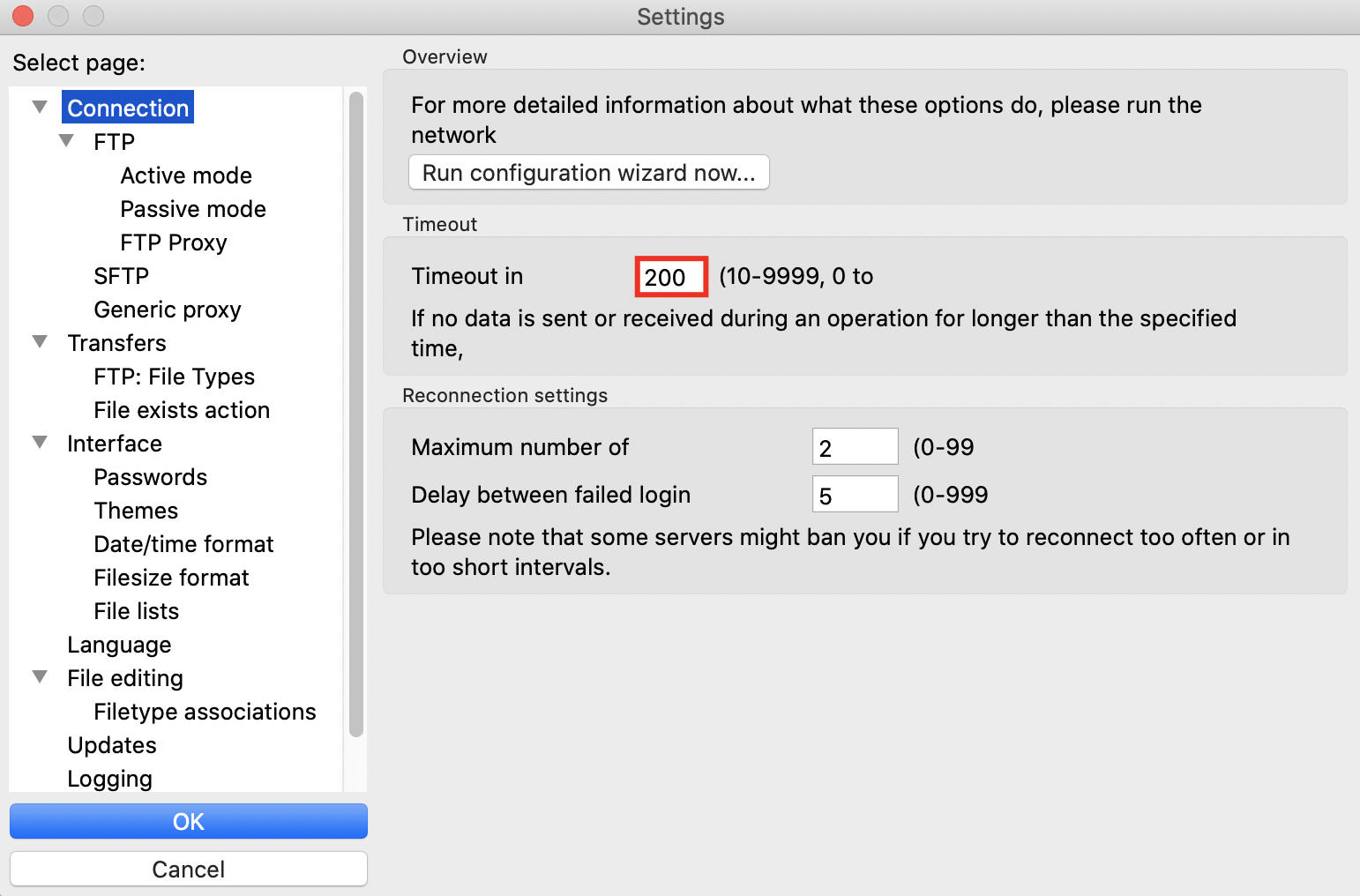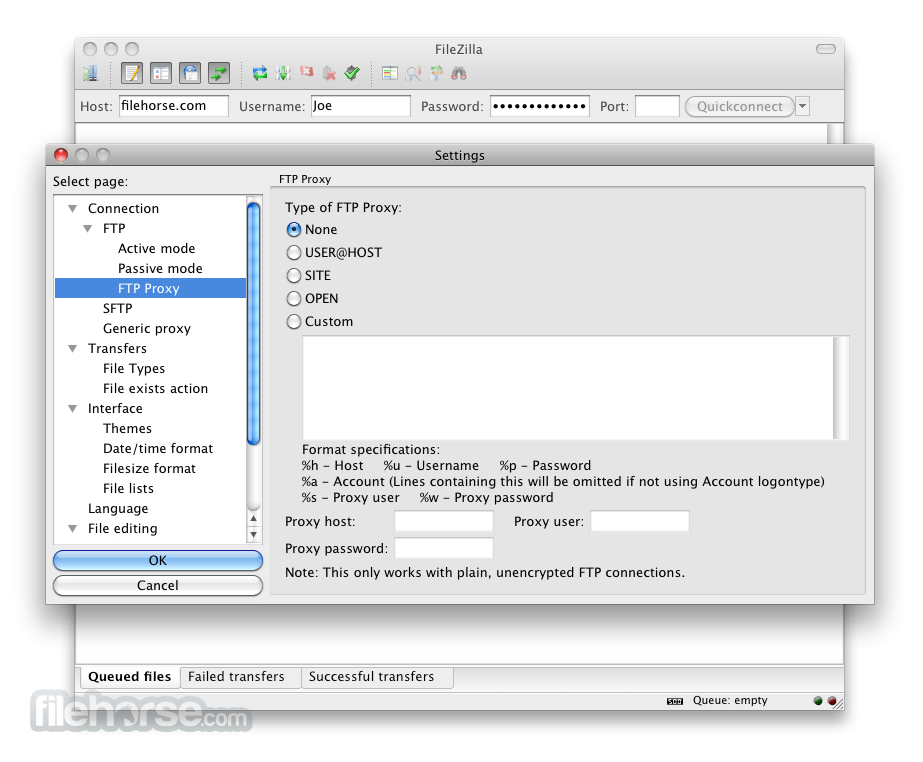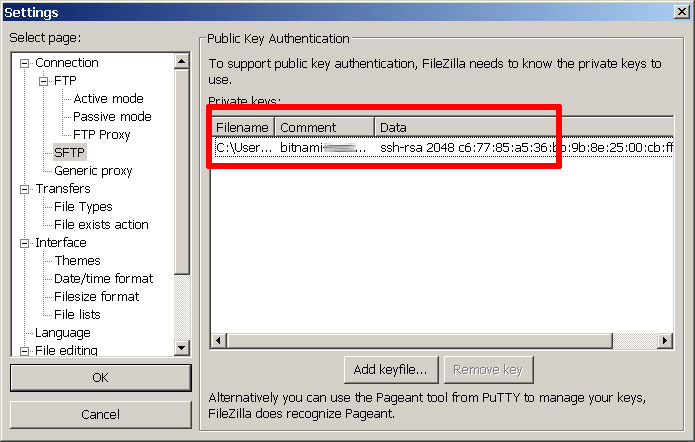

#SFTP FILEZILLA MAC OS HOW TO#
How to Start FTP and SFTP Server in macOS One of the advantages of this method is that you also get other useful tools in the kit, and you will not need to install them manually. For example, you can connect to the gnu.org server to check that everything worked out. When Homebrew finishes installing inetutils, you can run the FTP command as usual. If you need FTP protocol, it will not hurt to install the entire set. The inetutils file contains: FTP, FTP server, telnet and telnet server, as well as rsh, rlogin, tfp servers and clients, etc. If you haven’t Homebrew in your system, you can take script for Homebrew installing here.

If you still haven’t installed Homebrew on a Mac, you need to do this before proceeding with the instructions below. If you don’t need FTP, then there’s no reason to install it.

Modern versions of macOS use SFTP instead of FTP. If you use the command line, you probably noticed that the latest versions of macOS do not have FTP file transfer protocol.īy default, FTP is not installed in the latest versions of the system, but this does not mean that you cannot install the protocol yourself. It’s unclear why Apple removed the graphical interface for enabling FTP sharing, but you can still start a local FTP (or SFTP) server on macOS using the command line. Mac OS X Tiger (10.4 or higher) users have to download Filezilla 3.0.6.Īs you can see, since the update on Mac OS X 10.7 Lion, the system has lost the ability to enable an FTP server for sharing files and folders. Mac OS X Leopard (10.5)users equipped with PowerPC chipset have to download FileZilla 3.2.4.1 for PPC.
#SFTP FILEZILLA MAC OS FOR MAC OS X#
For Mac OS X 10.5 or higher equipped with Intel chipset. The purpose of an FTP client is to transfer data from one server to another, or from your computer to the server. FileZilla is one of the most popular open-source programs in the market. FileZilla is the File Transfer Protocol server which transfers files around servers in a fast and safe manner.


 0 kommentar(er)
0 kommentar(er)
